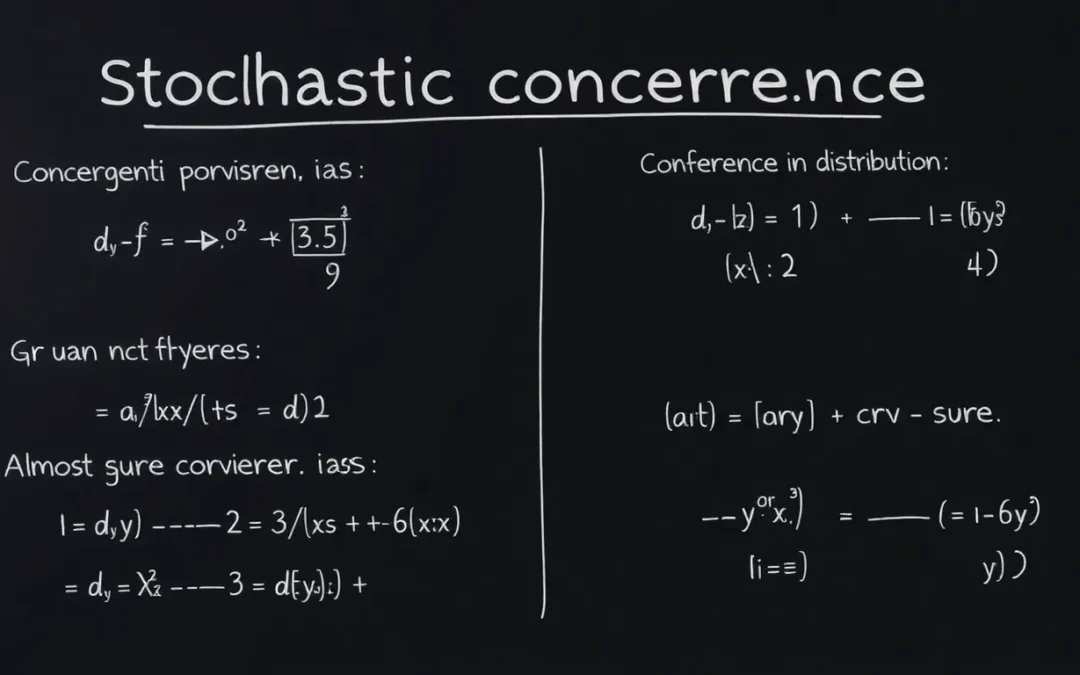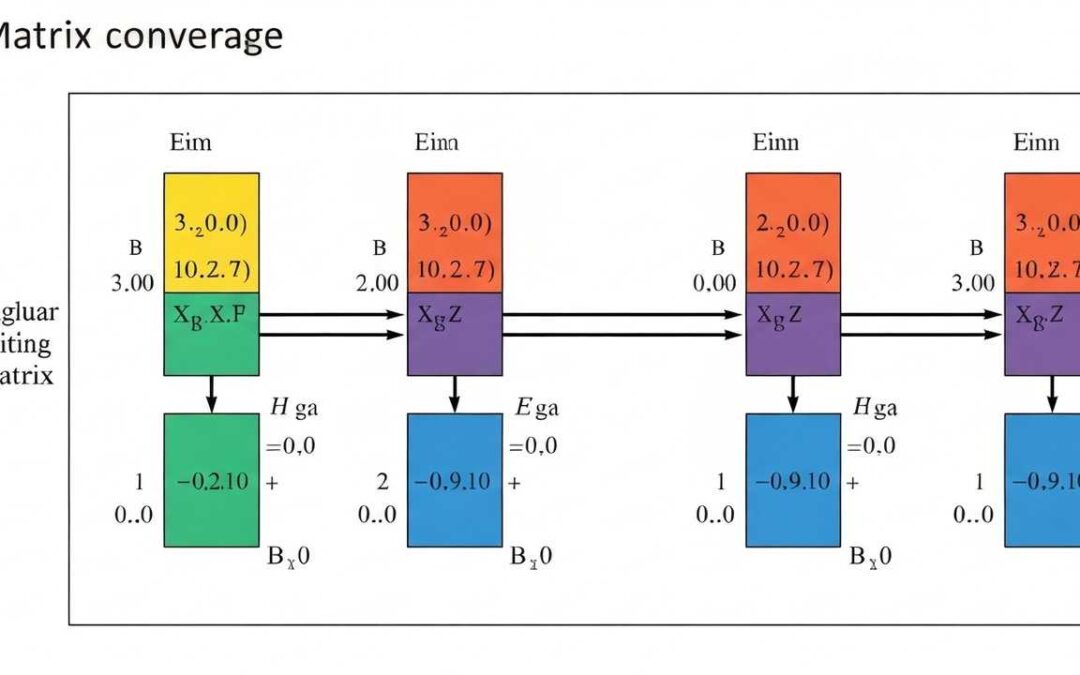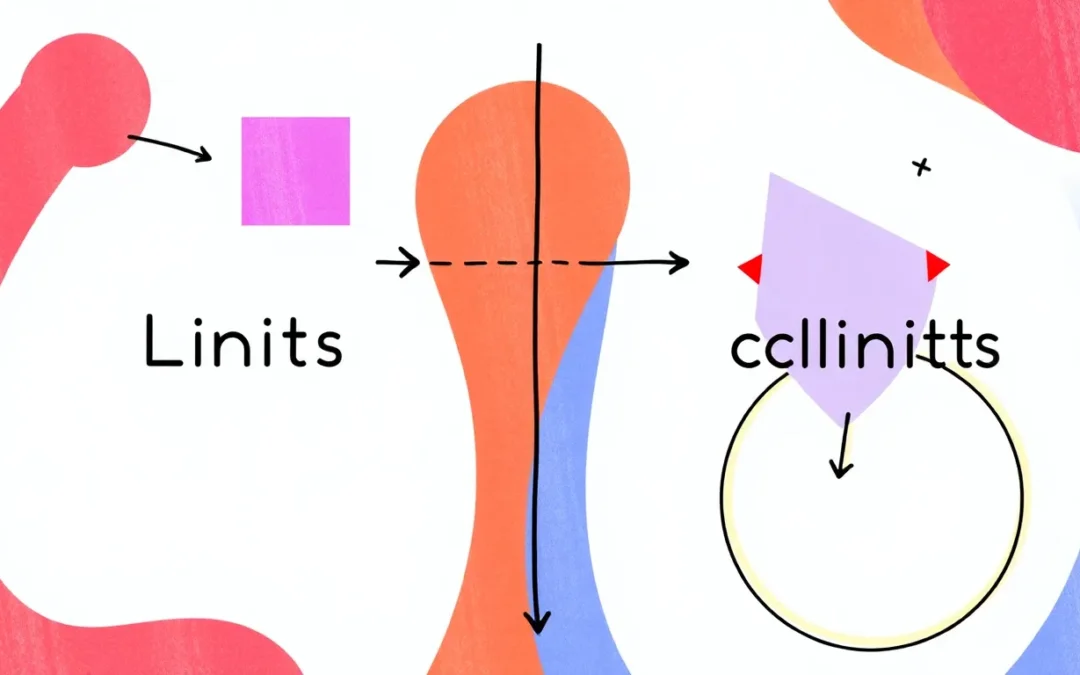By definition,
L (length of arc) = ( \dfrac { \mathrm{θ_{deg} } } {360} ) × Circumference (arc length is proportional to angle, one complete arc subtends 360° at center)
Also, Circumference = 2 ? r
Hence, L = ( \dfrac { \mathrm{θ_{deg} } } {360} ) × 2 ? r – – – – – (i)
Now, again by definition, θrad = ( \dfrac{ \mathrm{L} }{ r } ) (radian is ration of arc length to radius)
So, L = r × θrad – – – – – (ii)
From (i) & (ii), we have
r × θrad= ( \dfrac { \mathrm{θ_{deg} } } {360} ) × 2 ? r
Or,







0 Comments